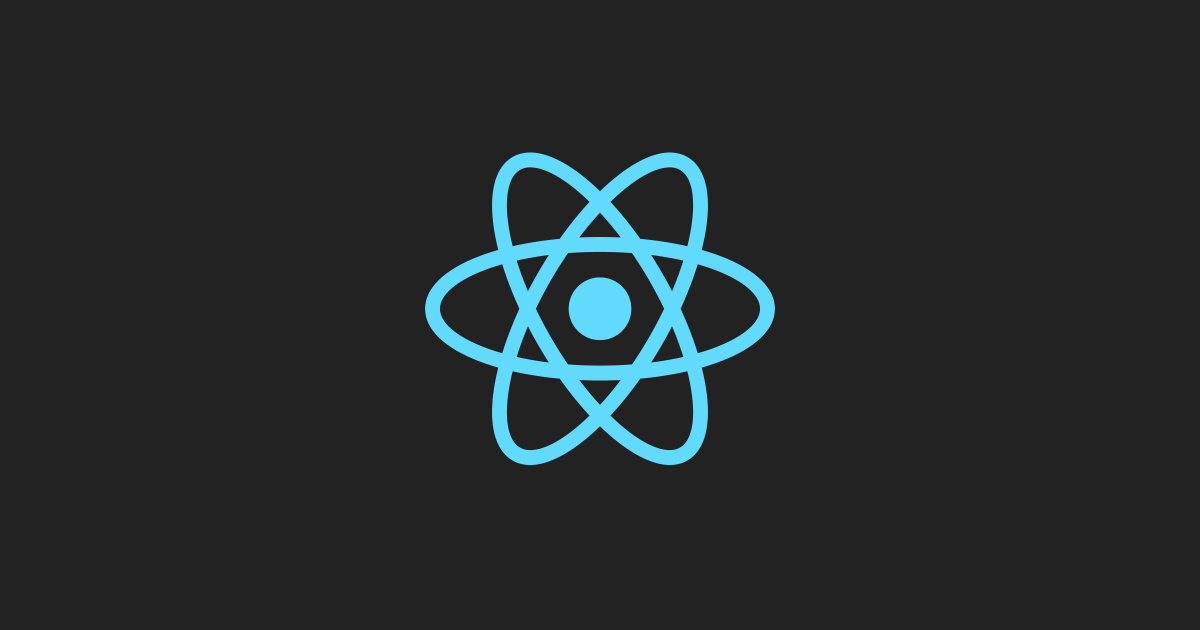New Feature Introduced in React 17.0
Hooks are the new feature introduced in the React 16.8 version. It allows you to use state and other React features without writing a class. Hooks are the functions which "hook into" React state and lifecycle features from function components.
When to use a Hooks
If you write a function component, and then you want to add some state to it, previously you do this by converting it to a class. But, now you can do it by using a Hook inside the existing function component.
Rules of Hooks
Hooks are similar to JavaScript functions, but you need to follow these two rules when using them. Hooks rule ensures that all the state full logic in a component is visible in its source code. These rules are:
1. Only call Hooks at the top level
Do not call Hooks inside loops, conditions, or nested functions. Hooks should always be used at the top level of the React functions. This rule ensures that Hooks are called in the same order each time a components renders.
2. Only call Hooks from React functions
You cannot call Hooks from regular JavaScript functions. Instead, you can call Hooks from React function components. Hooks can also be called from custom Hooks.
Pre-requisites for React Hooks
Node version 6 or above
NPM version 5.2 or above
Create-react-app tool for running the React App
React Hooks Installation
To use React Hooks, we need to run the following commands
$ npm install react
$ npm install react-dom
The above command will install the latest React and React-DOM alpha versions which support React Hooks. Make sure the package.json file lists the React and React-DOM dependencies as given below
"react": "^17.0.1",
"react-dom": "^17.0.1",
Hooks State
Hook state is the new way of declaring a state in React app. Hook uses useState() functional component for setting and retrieving state. Let us understand Hook state with the following example.
App.js
import React, { useState } from 'react';
function CountApp() {
// Declare a new state variable, which we'll call "count"
const [count, setCount] = useState(0);
return (
<div>
<p>You clicked {count} times</p>
<button onClick={() => setCount(count + 1)}> Click me </button>
</div>
);
}
export default CountApp;
